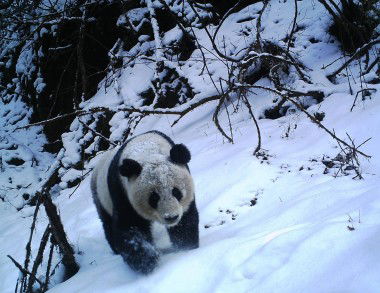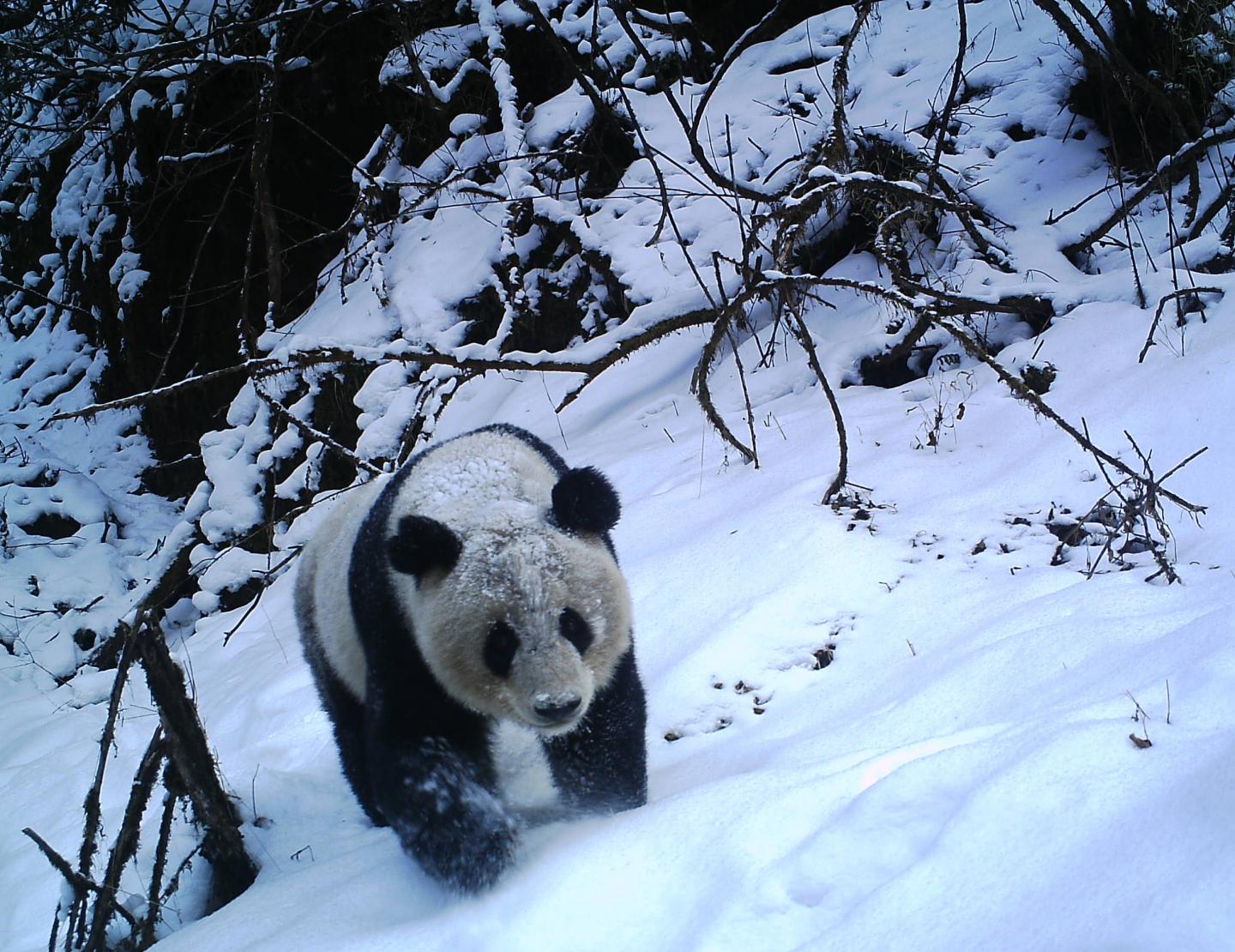Articles features
Pandas not as solitary as earlier thought

New York, March 28
Renowned for being loners,
the elusive giant pandas actually keep company at times, say researchers
who electronically stalked five animals in China's bamboo forests.
The
data, reported in the Journal of Mammalogy, provides a peek into the
secret life of giant pandas and revels how they interact with one
another and spend their lives in the wild.
"Pandas are such an
elusive species and it is very hard to observe them in wild," said
Vanessa Hull, research associate at Michigan State University (MSU).
For
the study, five pandas - three female adults named Pan Pan, Mei Mei and
Zhong Zhong, a young female Long Long and a male dubbed Chuan Chuan -
were captured, collared and tracked from 2010 to 2012, in the Wolong
Nature Reserve in Sichuan.
The researchers found that the pandas
hang together sometimes. Three in this group - Chuan Chuan, Mei Mei and
Long Long - were found to be in the same part of the forest at the same
time for several weeks in the autumn and outside the usual spring mating
season.
"We can see it clearly was not just a fluke, we could
see they were in the same locations, which we never would have expected
for that length of time and at that time of year," Hull said.
"This
might be evidence that pandas are not as solitary as once widely
believed," study co-author Jindong Zhang, postdoctoral researcher at
MSU, pointed out.
Chuan Chuan, the male panda, moseyed across a
bigger range than any of the females, leading researchers to speculate
that he spent time checking in on the surrounding females and
advertising his presence with scent marking - rubbing stinky glands
against trees.
The researchers also learned about the pandas'
feeding strategy from this surveillance period. Many animals in the wild
have a home range, and within that a core area they frequently return
to and defend.
"They pretty much sit down and eat their way out of an area, but then need to move on to the next place," Hull said.
The
pandas returned to core areas after being gone for long spans of time
-- up to six months. It suggests the pandas do remember successful
dining experiences, and return in anticipation of regrowth, the
researchers noted.




































